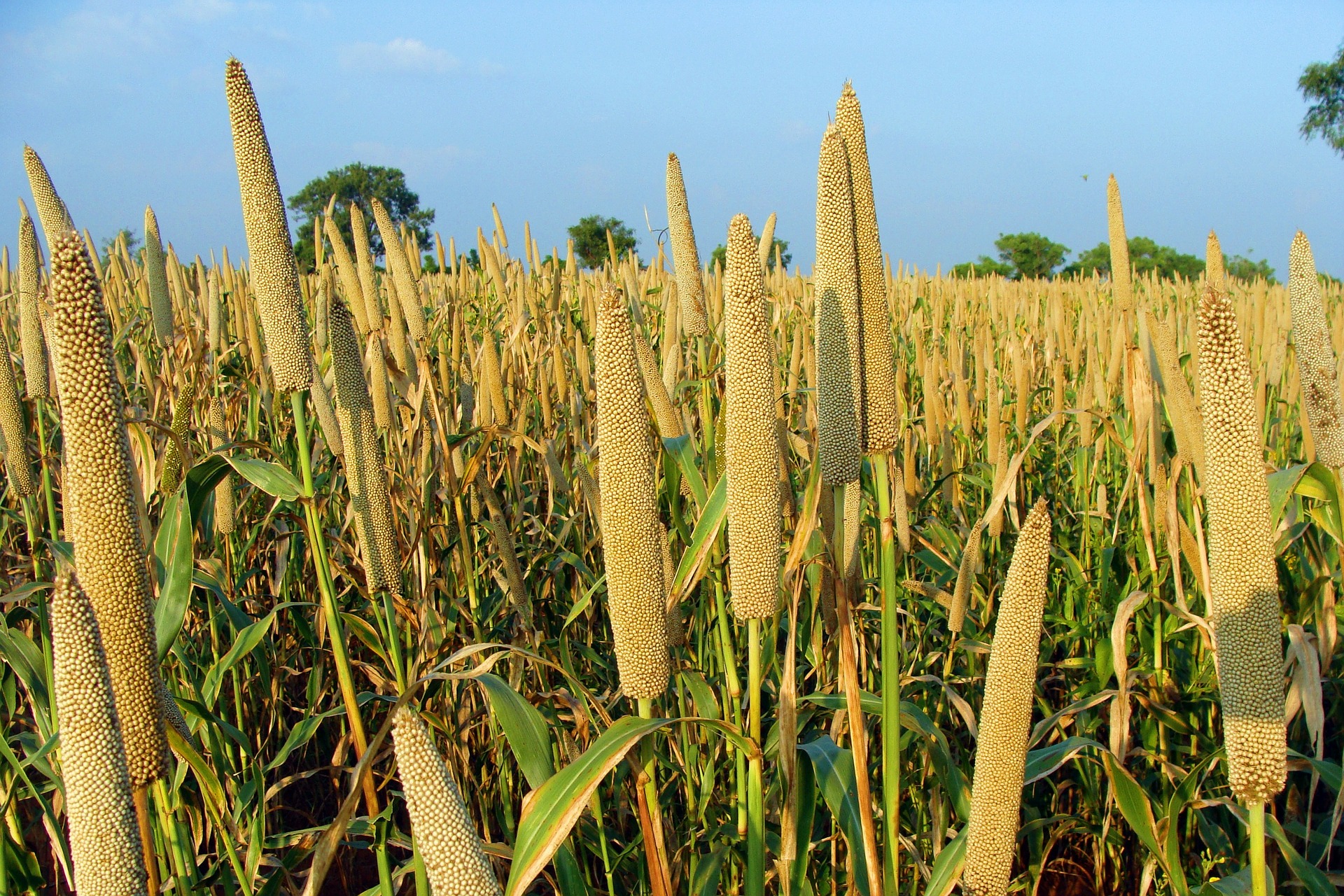In urban India, type 2 diabetes is reaching epidemic proportions, studies say. The country has 77 million people suffering from high sugar and is ranked second among 10 others with high rates.
The same study suggests that this high number is because diabetes develops at a younger age in Indians as compared to the western population. This is owing to genetic factors like both parents being diabetic, physical inactivity, and an unhealthy lifestyle which includes poor diet.
However, a diet rich in millets can reduce the risk of developing type 2 diabetes, and helps manage blood glucose levels in diabetics. This was proved by a group of researchers who conducted a study led by the Smart Food Initiative at ICRISAT.
A millet-rich diet
A typical Indian meal is nothing without rice or roti. But research has time and again proven that regular consumption of white rice makes a person susceptible to diabetes. Those that already have high sugar levels are always advised to stay away from the dish or eat it in limited quantities.
Rotis or phulkas are healthier alternatives made from maida (refined wheat flour) or atta (whole wheat flour). However, studies prove that an element named Alloxan present in refined flour (maida) can cause the onset of diabetes. While whole wheat flour is healthier compared to maida, the products sold in the market are not always pure.
So, what does one eat to stay safe from diabetes? Limiting quantities of food consumed is one option. The other is to switch to native grains such as bajra, jowar, and ragi, among others.
The study, conducted by ICRISAT researchers among 1,000 people, showed that diabetics who consumed millets regularly saw their sugar levels drop by 12-15% during fasting and post-meal checkups. Meanwhile, borderline diabetics saw their blood glucose status change from pre-diabetic to a normal status.
Millets are packed with nutrients including proteins, dietary fibres, vitamins, antioxidants, anthocyanins, and a wide range of minerals. Its regular consumption increases the levels of good cholesterol in the body which helps manage insulin and provides resistance to type 2 diabetes.

Raj Bhandari, one of the researchers and a representative of the Indian National Technical Board of Nutrition, has said that introducing millets to our diets is also important in the fight against COVID-19. Since diabetics are more vulnerable to contracting the virus, a millet-based diet will keep their sugar under control.
If you’re wondering how to include these in your diets regularly, here’s how you can make doas using millets and upma using jowar.
Millet dosa
Things you will need:
- 1 cup of foxtail millet
- ¼ cup urad dal
- ¼ cup fenugreek seeds
- ⅓ cup poha
- Water
- Salt to taste
Prepping the millets
Step 1: Rinse the foxtail millets two to three times and soak them in water for six hours.
Step 2: In another bowl, rinse urad dal and fenugreek seeds, and soak these for six hours.
Step 3: In a third bowl, soak poha for 30 minutes.
Making the batter
Step 4: Discard the water and blend soaked millets, urad dal and fenugreek in a mixer into a smooth batter.
Note: You can add little water while blending but ensure that the batter does not get too watery.
Step 5: Blend the poha in the same jar until smooth, and add it to the millet batter.
Step 6: Add a spoonful of salt to taste, mix well, and allow this to ferment for six hours.
On a hot tawa, fry the dosas until crisp and eat with coconut chutney or sambar.
Jowar Upma
Things you will need:
- Half a cup of whole jowar kernels
- Vegetables of your choice (carrots, beans, peas)
- Half a cup of onions
- Two green chillies
- 3-4 curry leaves
- Half a tsp of mustard seeds
- Half a tsp of cumin seeds
- Hing powder
- Turmeric powder
- Salt to taste
Prepping the jowar
Step 1: Rinse the jowar kernels three to four times.
Step 2: Add one cup of water and soak the jowar for 10 hours.
Step 3: Pour out soaked water and transfer the jowar to a pressure cooker. Add one cup of water, a spoonful of salt, and cook for seven whistles.
Note: You can check if the jowar is cooked by pressing the cooked kernel between your fingers.
Cooking method:
Step 1: In a pan, heat some oil. Then cook mustard seeds and cumin seeds until they splutter.
Step 2: Then add hing powder, chillies, curry leaves, chopped onions, and saute well.
Step 3: Add vegetables of your choice along with salt and turmeric powder.
Step 4: Cover with a lid and cook for a few minutes.
Step 5: Finally add the cooked jowar and mix well.
Note: To enhance the taste, garnish the dish with coriander and squeeze lemon juice before serving.
No comments:
Post a Comment